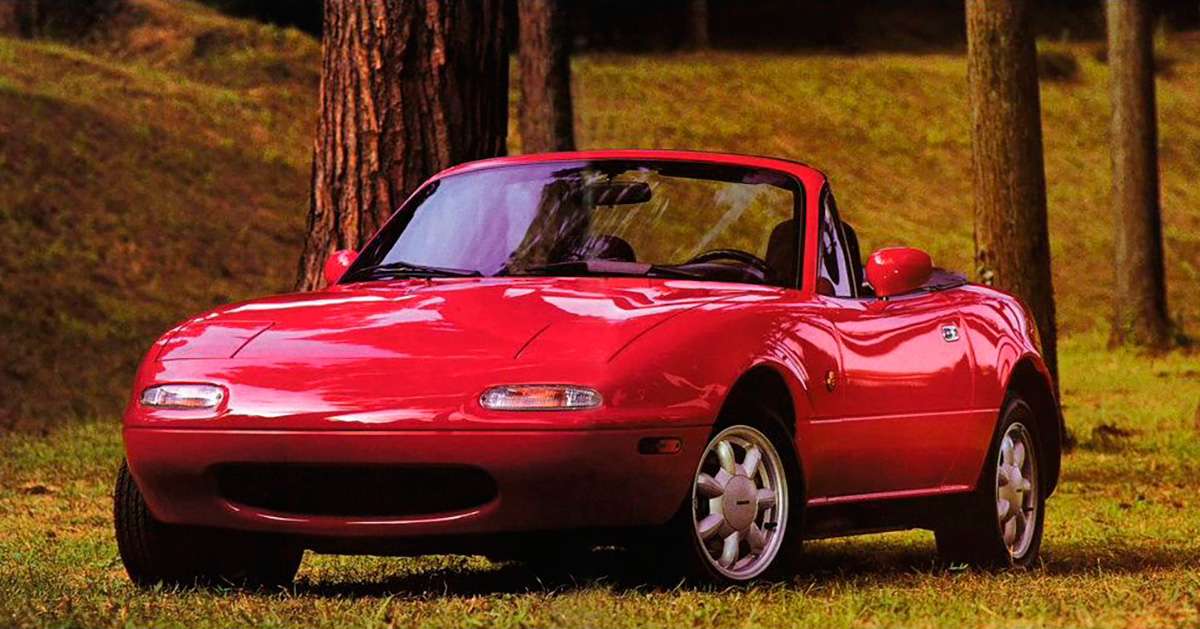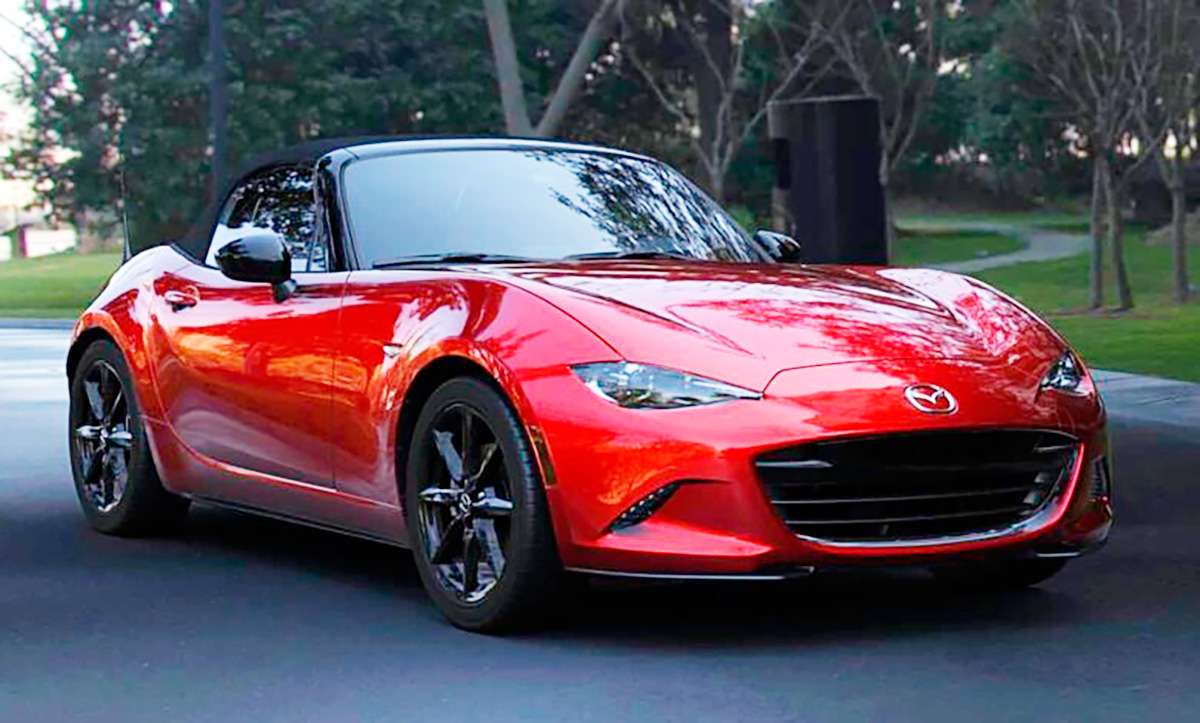Design and Developement of the Mazda MX-5
The present case study shows how Mazda’s sense of innovation led them to implement a new methodology “Kansei” to understand the experience of their customers to create new products. Thanks to its sophisticated design approach based on human interaction with machines, they invented the MX-5 which became a success all over the world.
During the 80s, Japan’s leading automakers competed in launching their now classic sports cars one after another. These days are considered the “golden age” for sports cars in Japan. This period coincided with the years when Japanese automakers achieved remarkable results in such auto races as the Formula One world championship. Automakers developed many mass-production vehicles with engine performances almost equivalent to those of racing cars. In this competitive market, Mazda had a single model “RX-7” which proved to be a strong competitor among car enthusiasts. However, the company’s constant thirst for innovation led to a radical new approach to designing a car which resulted in a much cheaper yet more immersive driving experience model “MX-5”.

1980’s Mazda MX-5 Source: NetCars Inc. 2022
It was 1984 when the former CEO Kenichi Yamamoto’s car culture took inspiration from Kansei Engineering in the development of a car that must captivate not only the driver’s imagination but also that of the occupants.
The company’s answer to that requirement was a lightweight sports car. The Mazda MX-5 Miata’s key dynamic concept was “Jinba Ittai”, a philosophy that Mazda continues using up to date. This philosophy sees the car as an extension of the driver’s body. To achieve this feeling of unity, the design team researched the feelings and sensory experiences encountered while driving the prototype front-engine, rear-wheel-drive Mazda MX-5 Miata identifying values that increased the feeling of unity, driveability, and directness.

2020’s Mazda MX-5 Source: CarScoops 2022
From the action of shifting gears to the car’s behavior during acceleration, cornering, and braking, the design team meticulously measured aspects such as the car and steering wheel dimensions, position and total length of the shift lever, etc. all to answer to the unity concept, and body extension philosophy of the car.
After its release in 1989, the model has got more than 40 awards and sold more than 1 million units. Winning 2 Guinness World Records, 1 for the best-selling two-seat sports car in history in the year 2000, and the second one when the car number 1 million rolled out of the production line in April 2016.
With Kansei Analytics, you can elevate your customer’s experience with your offerings.
We focus on understanding your customers and their motivations to create or evolve your products/services. Our portfolio of services includes several options like Product Design, prototyping, Kansei & Service Engineering, and User Experience Services. All of them in conjunction with Artificial Intelligence & Machine Learning can take your business to the next level.
Are you interested in engaging in this initiative? Let’s work together by clicking here.
Sources:
Inside Mazda Website
Nagamachi, M., Mohd Lokman, A., (2003). Innovations of Kansei Engineering. CRC Press
